What to do in Oravais, Ostrobothnia, Finland? Oravais is no more than a small village, but it has a history that has dramatically influenced both Sweden and Finland. In other words, don't miss Oravais on your journey through Ostrobothnia!
Innehållsförteckning
Oravais in Ostrobothnia
The centre of Oravais is not much more than the church, the supermarket and some small shops. In other words, this is a small village and we had no idea that we would stay two days - or that it would be such a long report. But there is a lot of history in Oravais and we, who are travelling with a motorhome, liked the nice parking place at the harbour.
When it comes to language, the majority of the population in Oravais have Swedish as their mother tongue and you can speak Swedish everywhere.
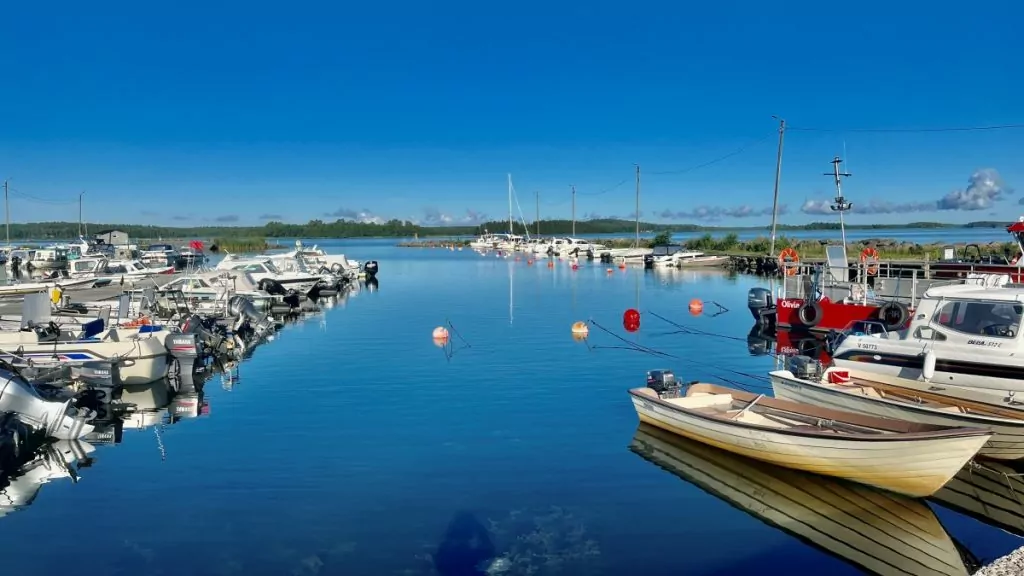
Oravais, or Oravainen as the town is called in Finnish, is located on the coast of the Ostrobothnialess than five kilometres northeast of Vaasa.
1. Learn about the Battle of Oravais in 1808.
The Battle of Oravais was a battle of the Finnish War, fought on 14 September 1808 at the village of Oravais in Ostrobothnia. The battle pitted a Swedish army of 5 500 men under Carl Johan Adlercreutz against a Russian army of 7 000 men under Nikolai Kamensky.
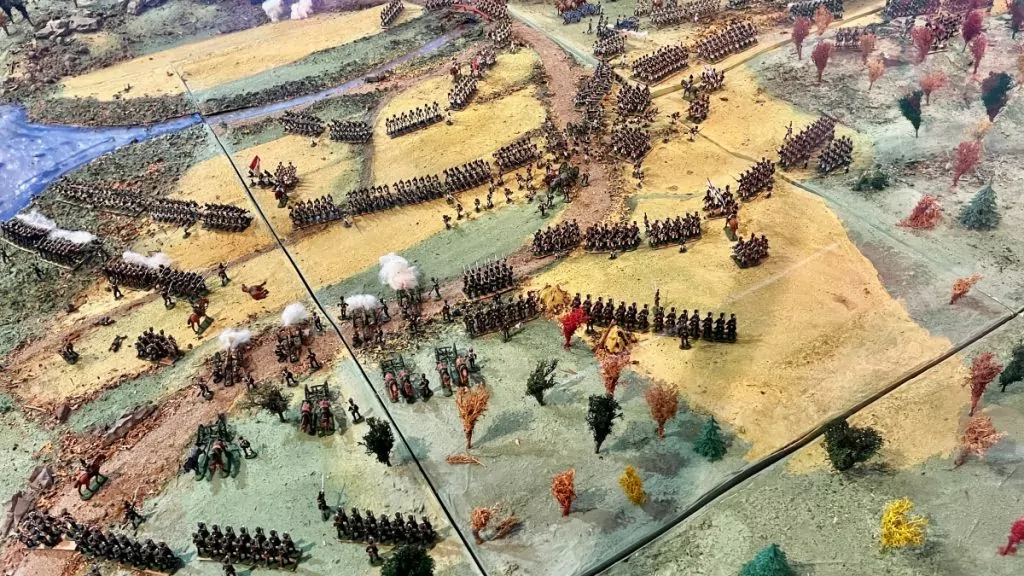
The Battle of Oravais was not only bloody, but also decisive. After fighting during the day and a successful Swedish attack, the tide of war turned. The Russians showed up with fresh new troops, while the Swedes began to run out of ammunition. The Swedes were defeated at Lillträsket, and Swedish troops stuck behind enemy lines had to fight their way out by force. Late in the evening, under the cover of darkness, Adlercreutz ordered a retreat.
The Swedish army lost more than 1 200 men in killed, wounded and prisoners of war, and the effects of the defeat were immediate and catastrophic. The defeated army was finally forced to leave Finland completely, and the Battle of Oravais was the turning point of the war. Sweden lost Finland to Russia, and Finland became an autonomous part of the Russian Empire from 1809 to 1917.
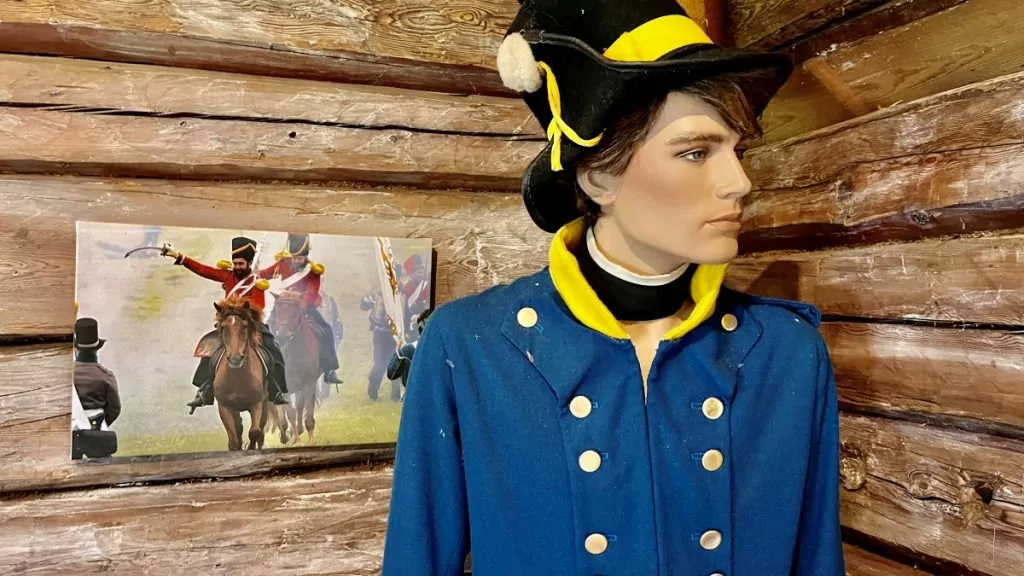
2. Fascinated by the tales of Ensign Steel
Fänrik Ståls sägner is a work of poetry by Finland's national poet Johan Ludvig Runeberg, published in two collections in 1848 and 1860. The collection describes both real and fictional events during the Finnish War of 1808-1809, when Sweden lost Finland to Russia.
The work features 15-year-old Wilhelm von Schwerin and Lotta Svärd, who symbolises one of the women who followed their husbands in the war. In Oravais, some of the legends come to life, and you can visit Lotta Svärd's stone, for example. By the way, did you know that the Swedish Pilot Corps is inspired by the Finnish Lotta Svärd movement?
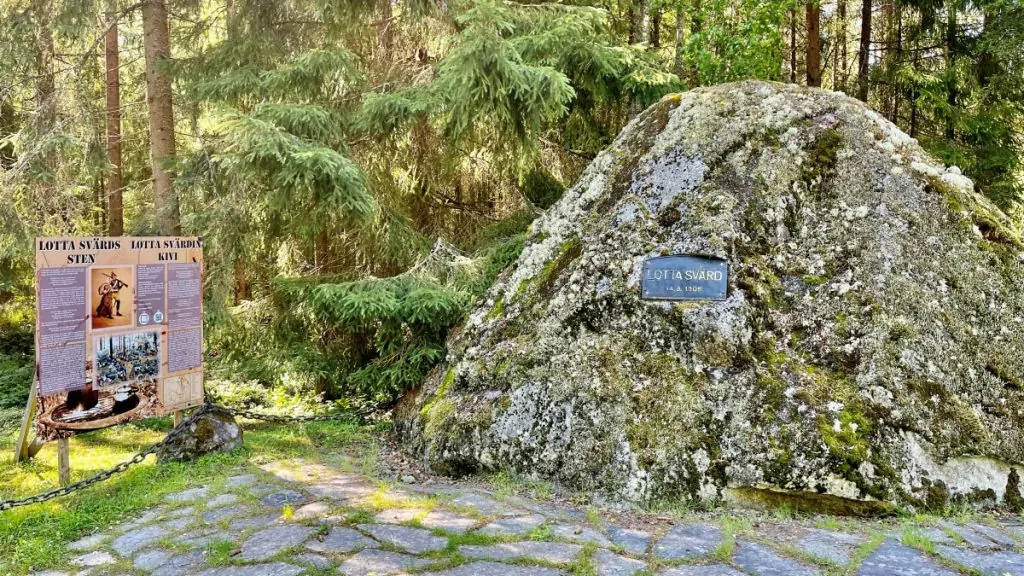
3. Donate a thought to Wilhelm von Schwerin
Wilhelm von Schwerin was a Swedish count and second lieutenant aged just 15 who took part in the Finnish War, where he showed great courage. In one battle, he commanded two cannons and when the enemy attacked and his subordinates fled, he loaded and fired the cannons alone.
At the Battle of Oravais, von Schwerin again showed great courage when he was tasked with defending a bridge. He was wounded and forced to retreat, but realised that he and his men were surrounded. By ordering the group to throw themselves onto horses and shout 'hurrah', they managed to break through the enemy line.
The next day, von Schwerin was again severely wounded and sadly died from his injuries. In Oravais you can see 'Wilhelm Schwerin's bridge' and in Karleby you can see the place where he was treated for his injuries. Runeberg wrote the following about von Schwerin in Fänrik Ståls sägner:
It was when the bloody day of Oravais...
To grief went up,
When victory itself became defeat,
Who broke our hope.
Then, they say, his courage shone brightest,
That's when his winged plumb line was most likely to hit,
The hottest cannon was fired at that time,
When he splashed it red with his blood.
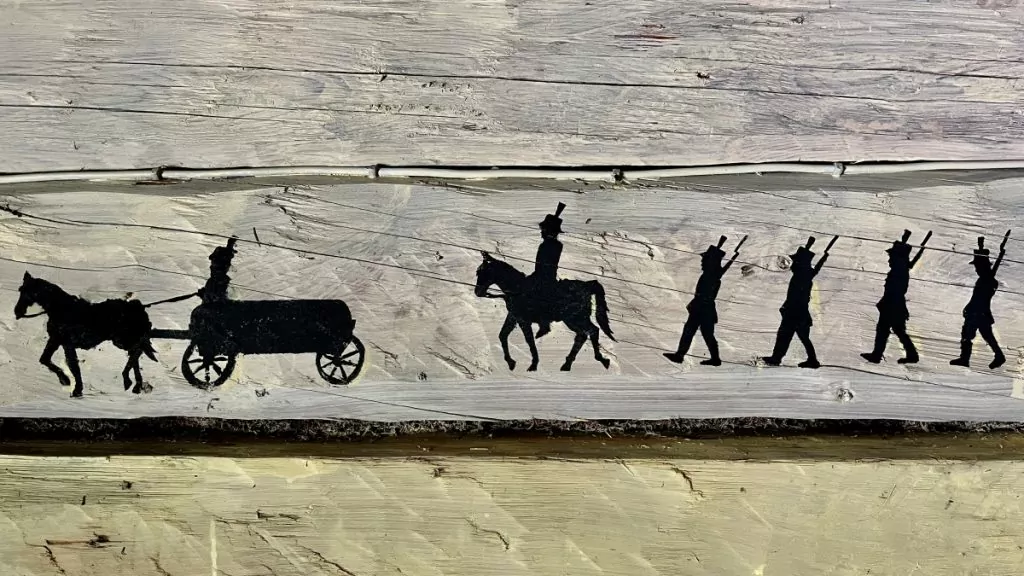
4. Visit the Oravais battlefield
The Oravais battlefield is today a memorial site, with many different memorials and signs telling about the horrors of the war and its aftermath. It is interesting to walk around and learn more about the event that dramatically changed the history of Sweden and Finland.
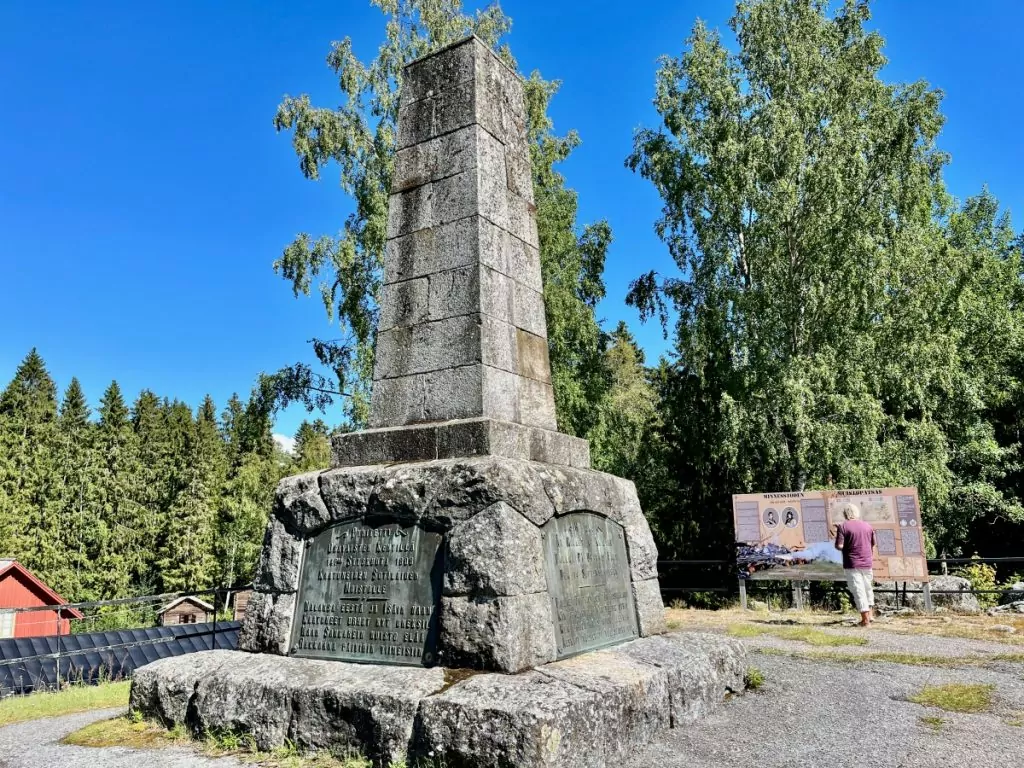
5. Take a look at Furirbostället.
Furirbostället, which also seems to be called Fänrik Stål's centre, is located right next to the Oravais battlefield. The large house contains a small exhibition on the Battle of Oravais, and in the summer a café is occasionally open.
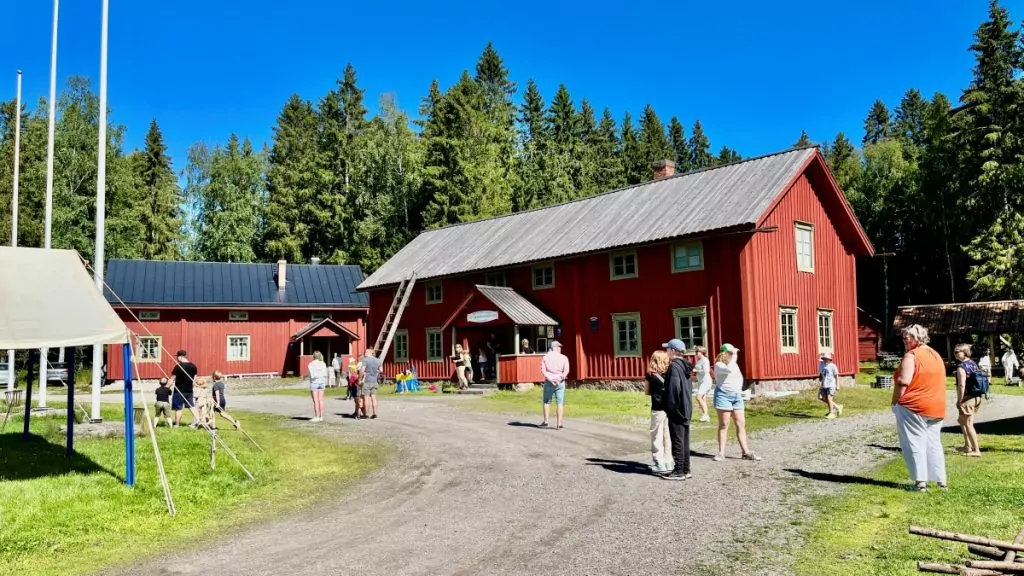
When we arrived, the place was full of life and movement. There were children and adults alike wearing clothes from the past, and games were organised that were typical of the period.
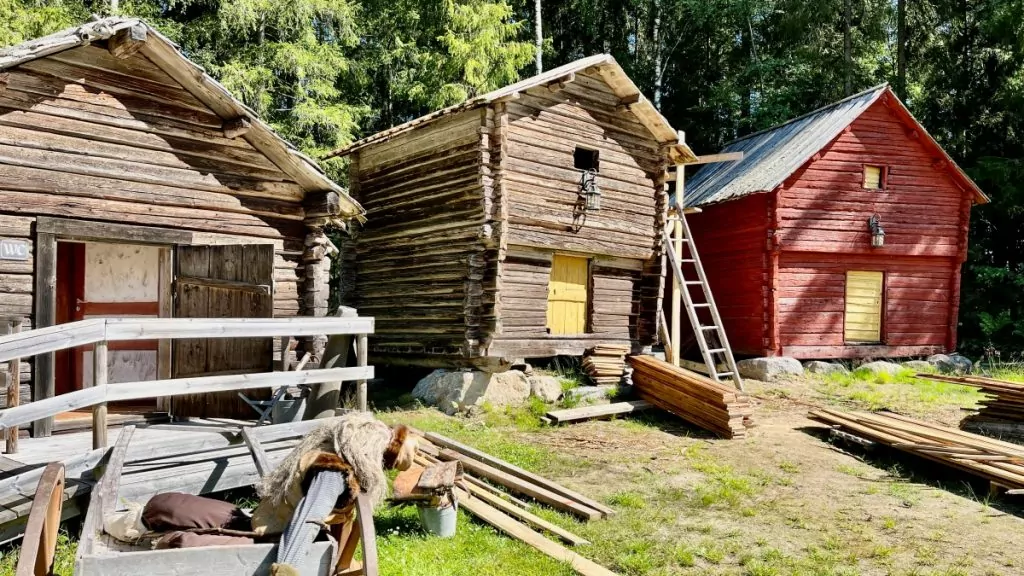
6. Check out the Oravais church
Oravais Church is surprisingly powerful for a small town like Oravais. The church, which is a wooden cross church, was built between 1795 and 1797 in the neoclassical style.
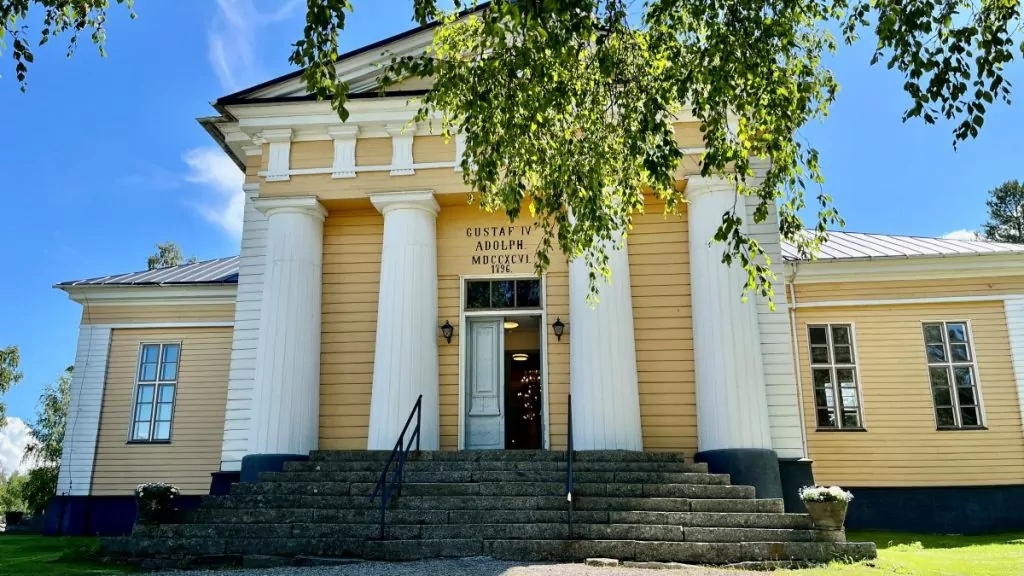
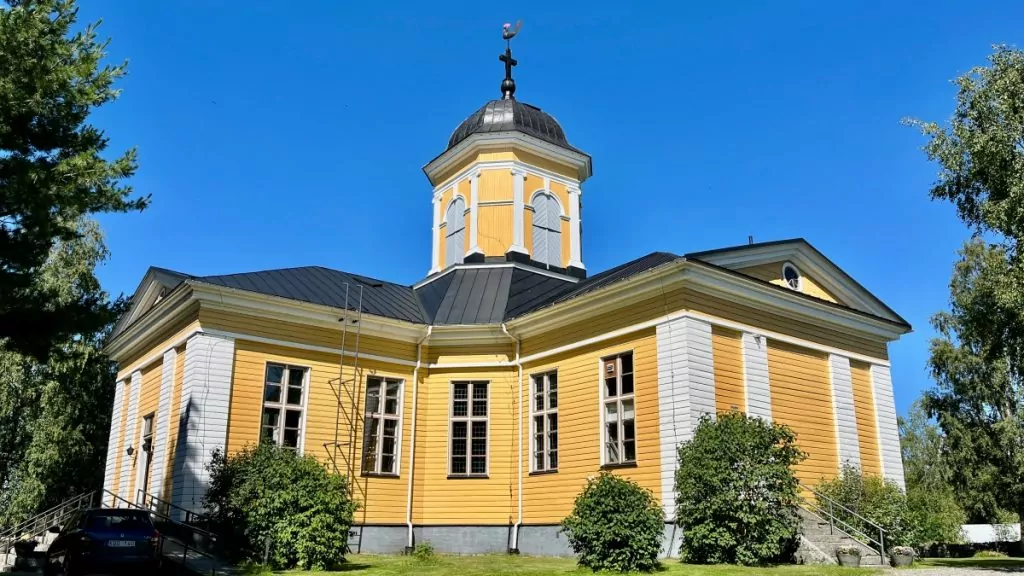
Inside the church are the altarpieces 'The Crucified' and 'The Last Supper', painted in 1819 by the Swedish artist Johan Erik Lindh.
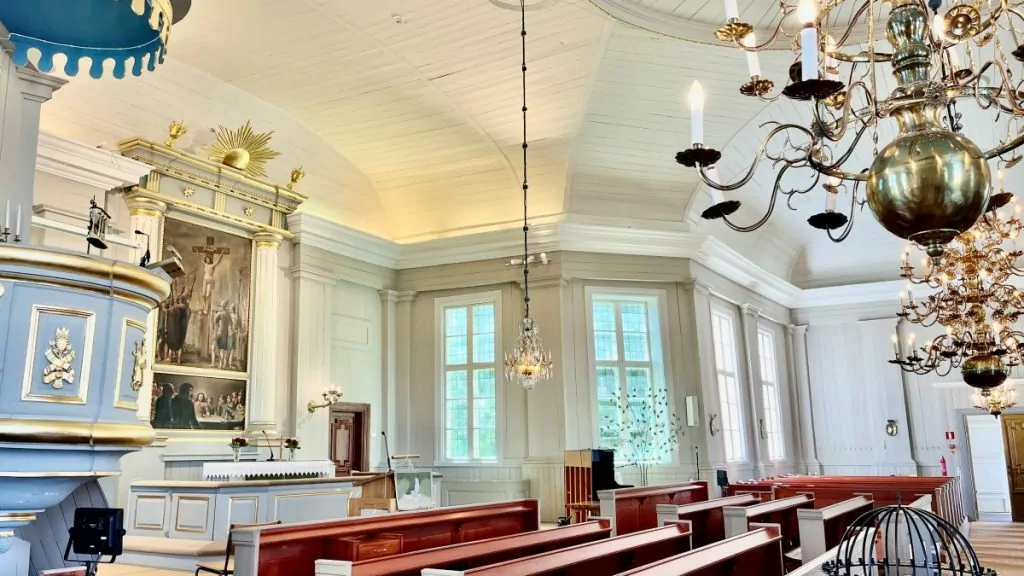
7. Take an excursion to Kimo Mill.
Kimo Ironworks was founded by the Swedish-German Petter Heijke in 1703, who chose the site because there was a deep enough harbour here. By 1792, Kimo Works was Finland's most productive ironworks, exporting iron to Stockholm and further afield in Europe. At the end of the 19th century, iron processing became unprofitable, and two hammer forges were converted into a sawmill and grinder.
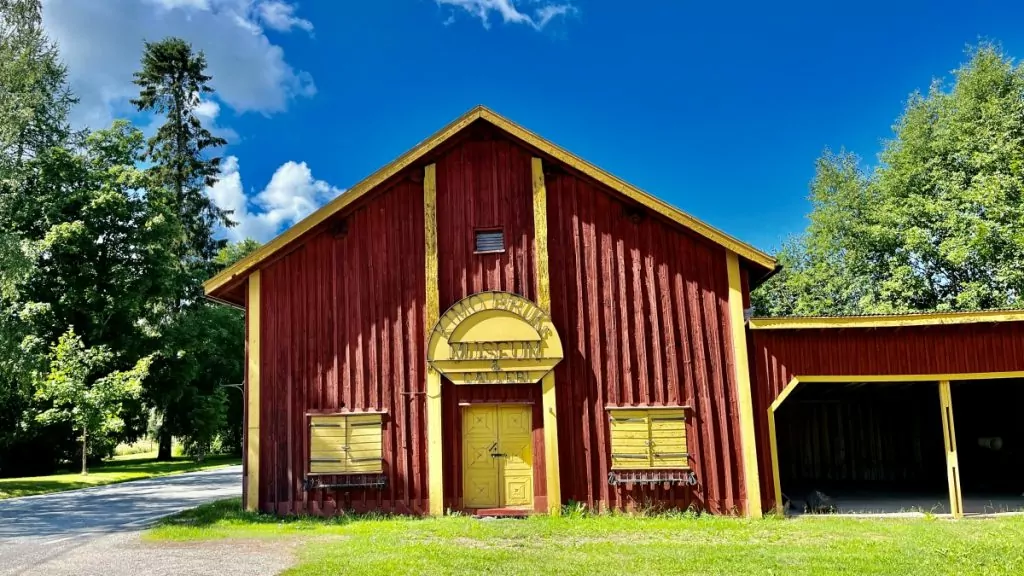
Today, Kimo Mill serves as a kind of cultural centre with an old mill environment, various historical buildings, museum, café and events. However, the opening hours are very limited, possibly for certain events, and when we were here nothing was open. Nevertheless, we found it nice to stroll around the beautiful surroundings.
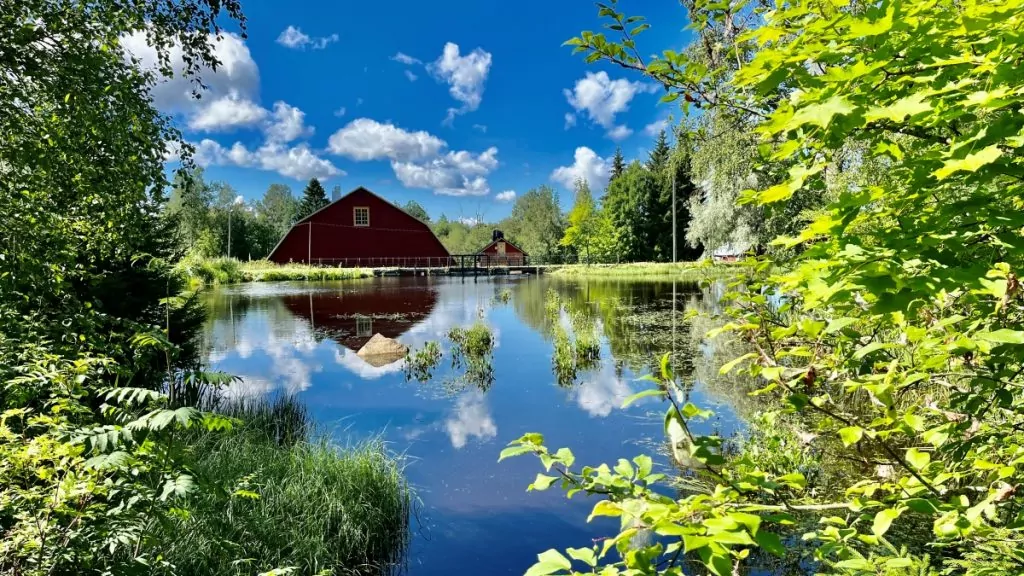
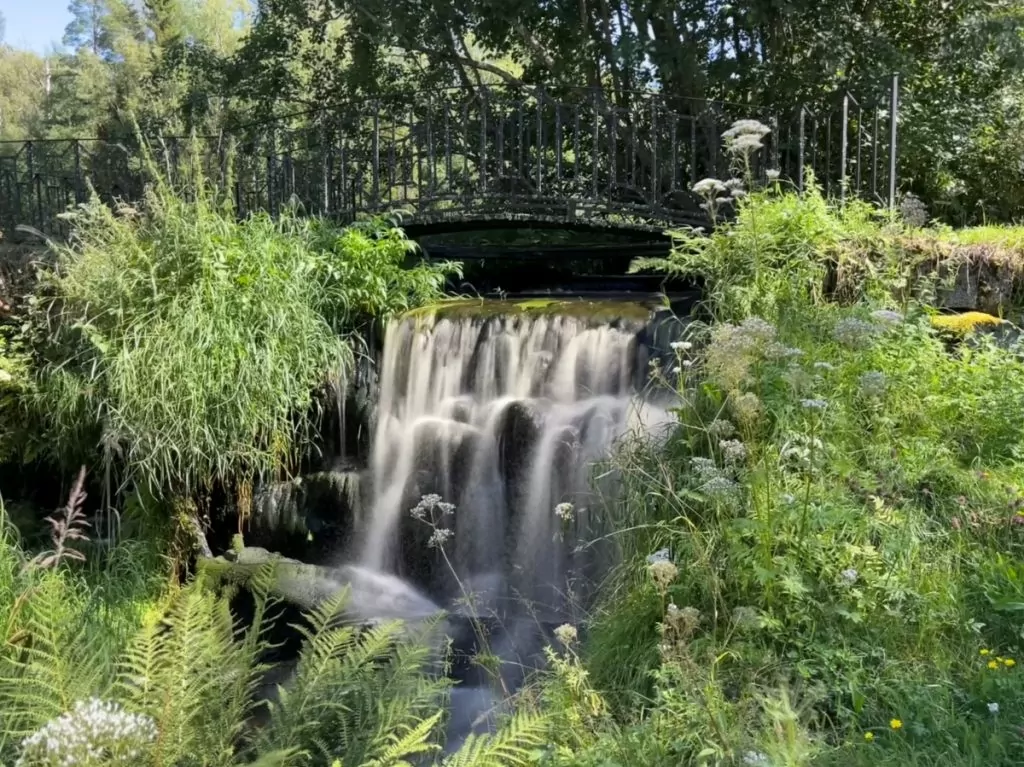
8. Fascinated by the revolving stand in Kyroboa.
At the upper part of Kimo Mill is the Kyroboa revolving stage, which is used by the Oravais Theatre for summer theatre. It is perhaps the most fun to see a theatre play here, but it is also interesting to check out the structure, which is turned so that the audience can see new scenes during the play.
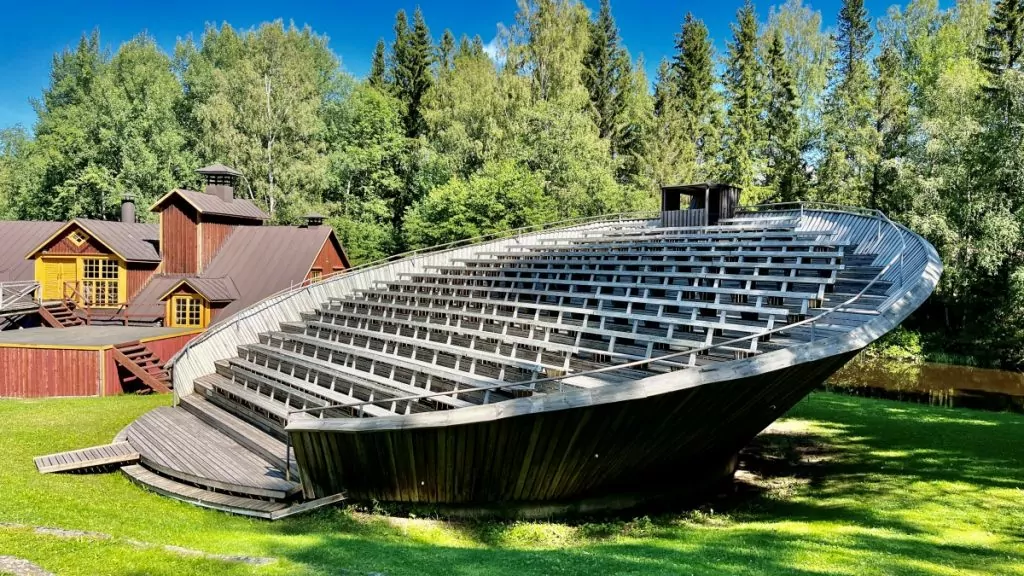
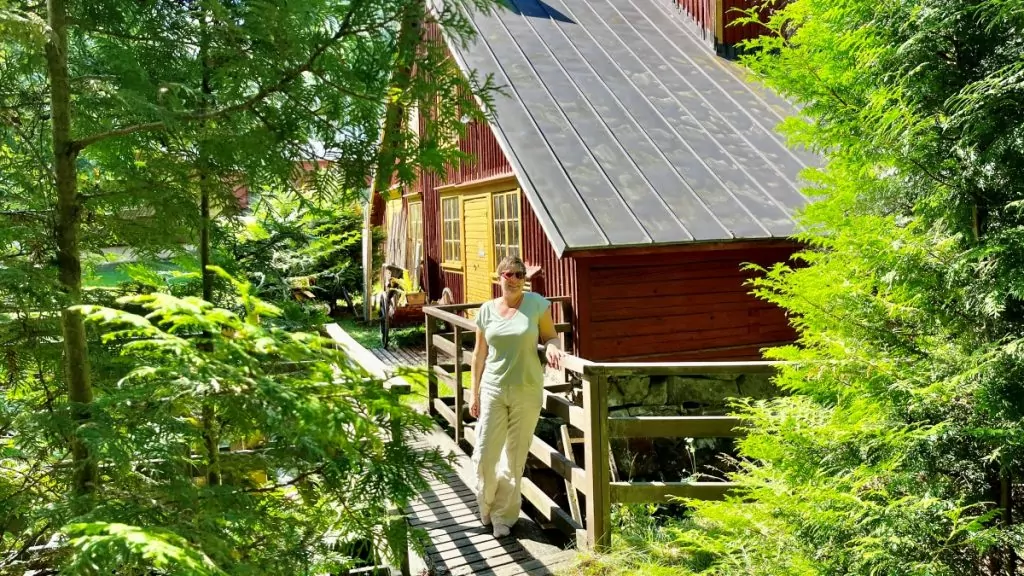
9. Eat at Fjärden's coffee house
If you get hungry when you are in Oravais, you can stop by Fjärdens kaffestuga for a bite to eat. There's a nice outdoor terrace overlooking the water, and we were also very happy with our lunch (the chicken burger with chèvre is recommended!). By the way, next to the coffee house there is a "stone exhibition", showing different types of rocks from all over Finland.
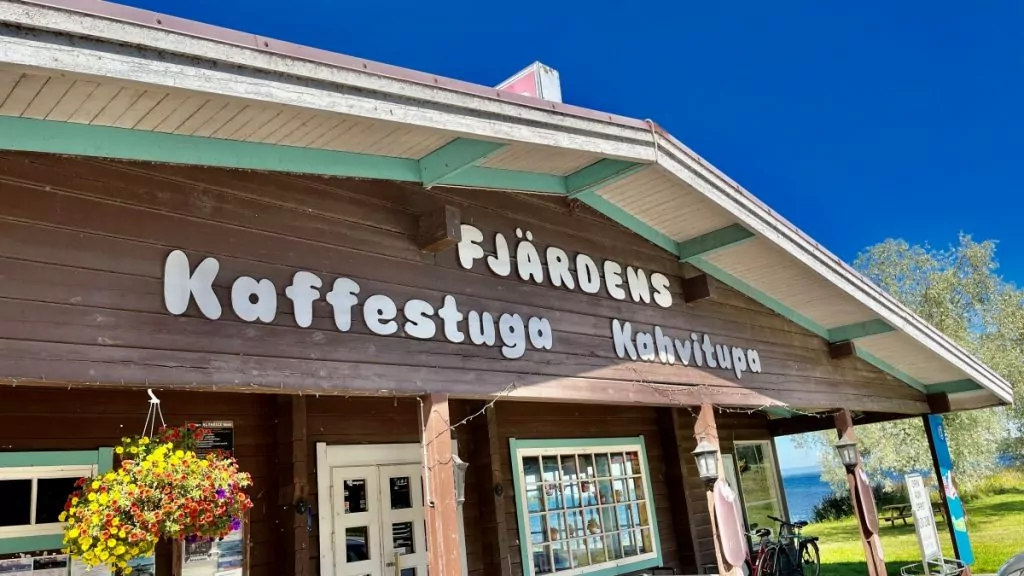
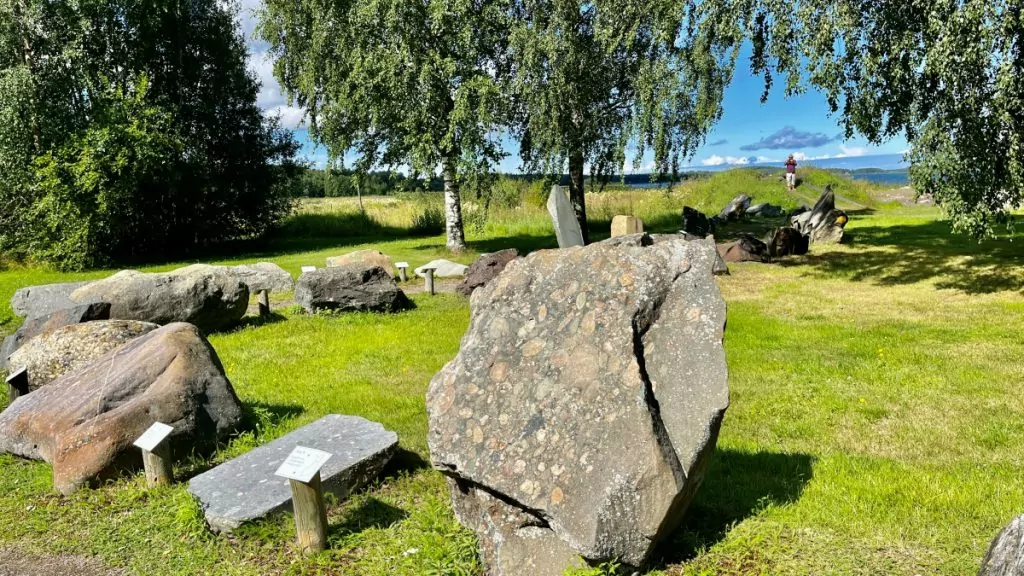
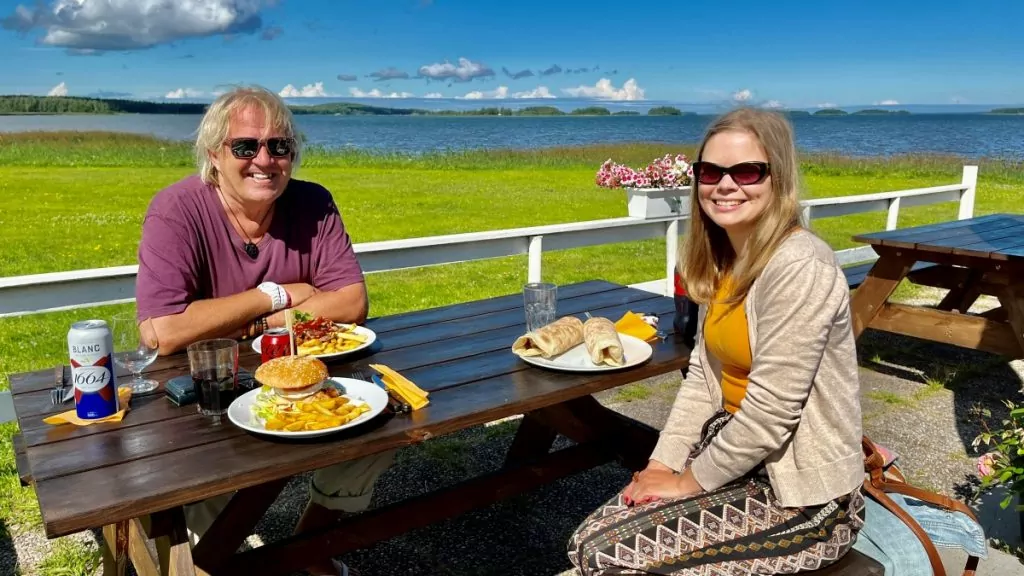
10. Enjoy an ice cream from Amalia Sweethouse
Next to the Amalia flower shop in the centre of Oravainen is a cute little building called the "Amalia Sweethouse". Here you can buy artisan ice cream from Gunilla Norrlin Chocolates in the Maxmo archipelago. It is not exactly cheap to buy an ice cream here, but very good. We tried the flavours "strawberry" and "French chocolate cake" and can highly recommend both!
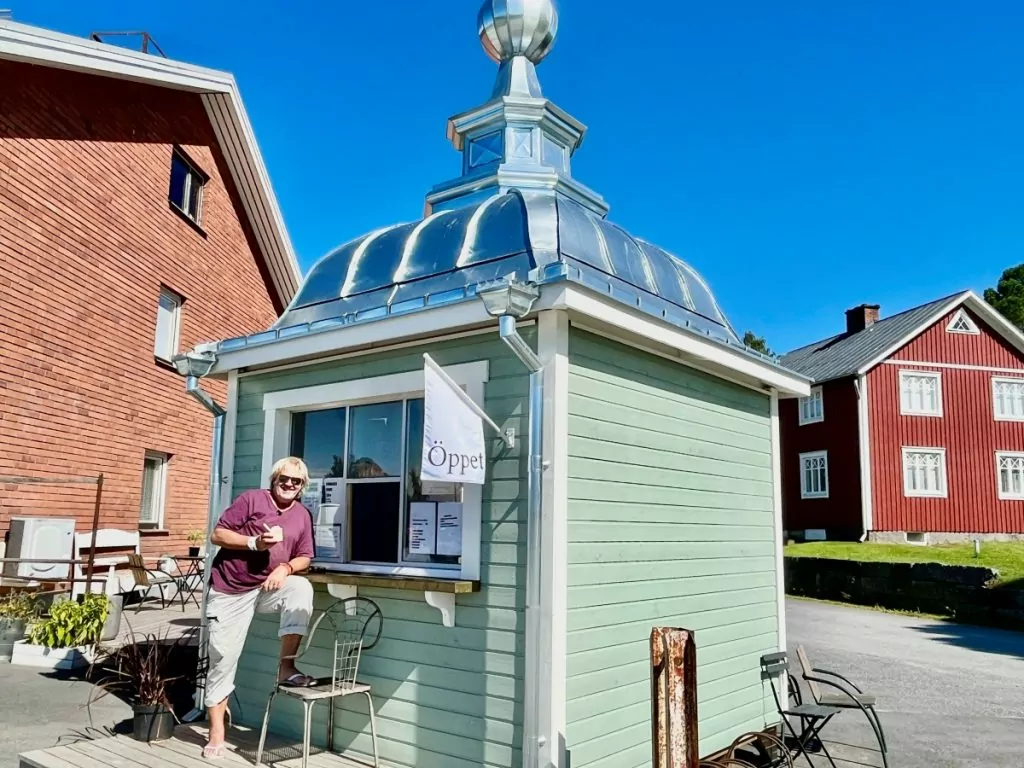
Where can you park your campervan?
Oravais harbour was an important port with a lot of traffic in the 18th century and until the beginning of the 20th century. Today this is a quiet marina, where you can also find a beach and a diving tower. The harbour also has a nice parking area for motorhomes. For 20 euros/day (2023) you get access to electricity, rubbish collection, the possibility of emptying the latrine and fresh toilets and showers.
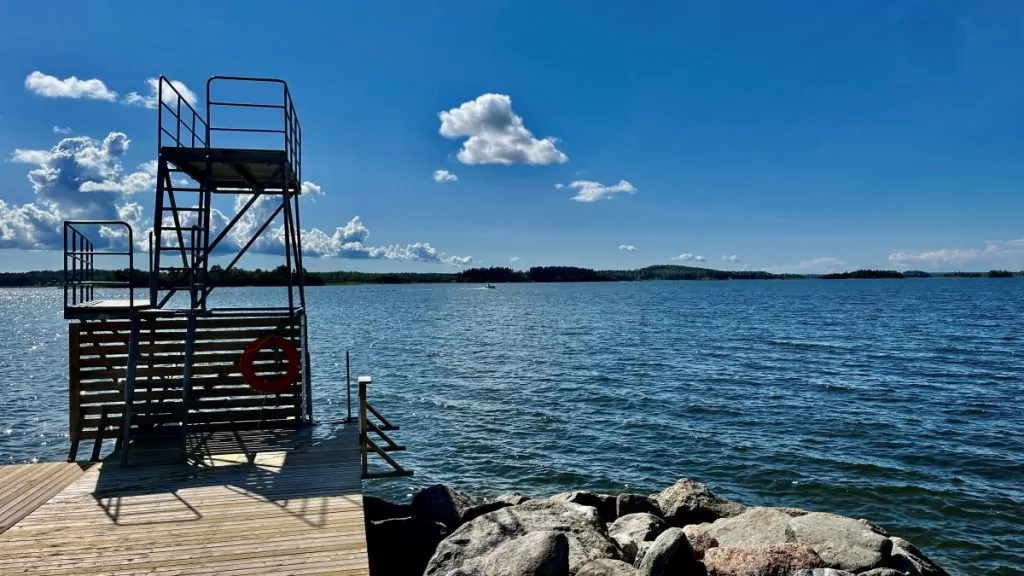
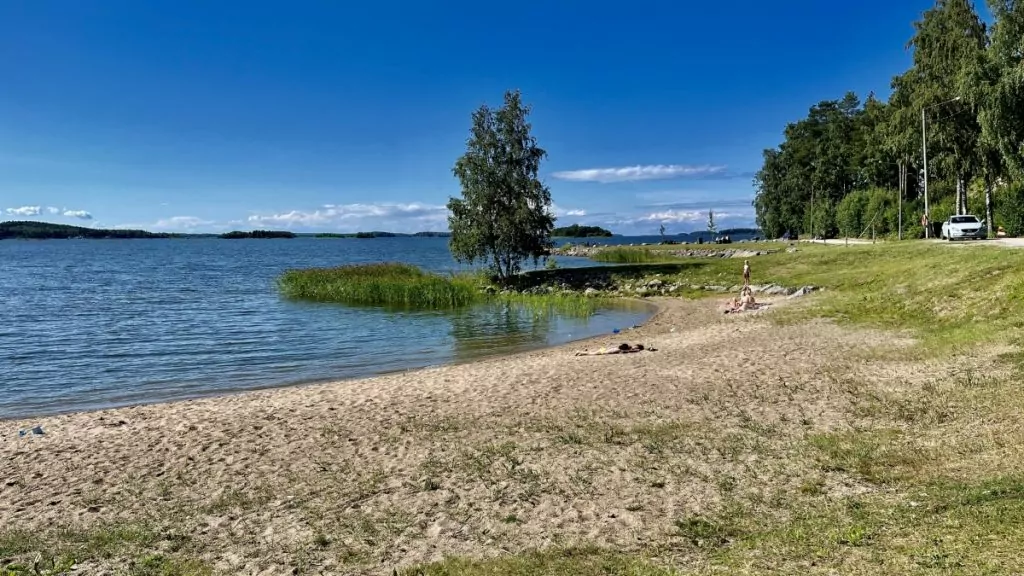
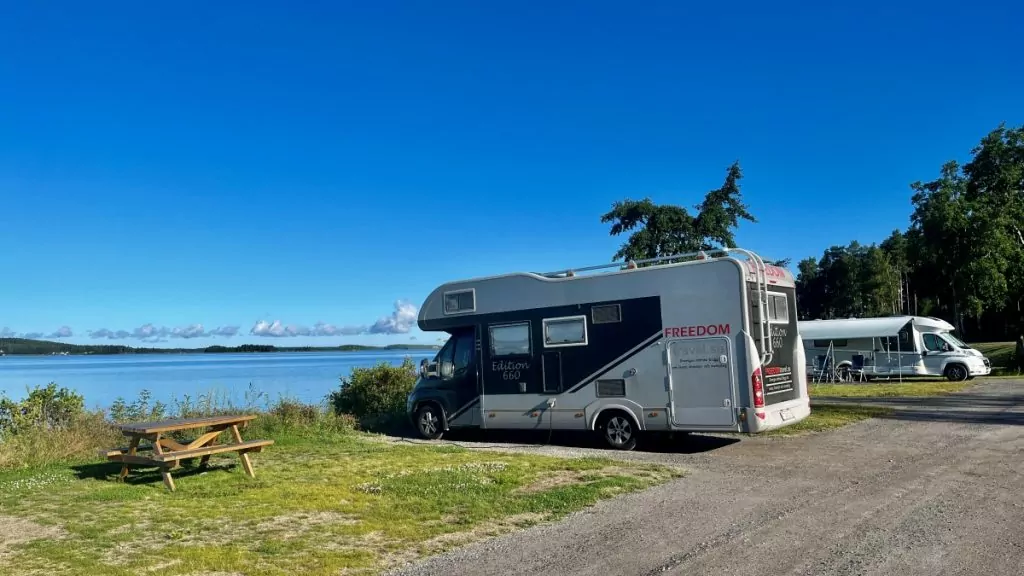
We stayed here for two nights, with a lovely view of the sea.
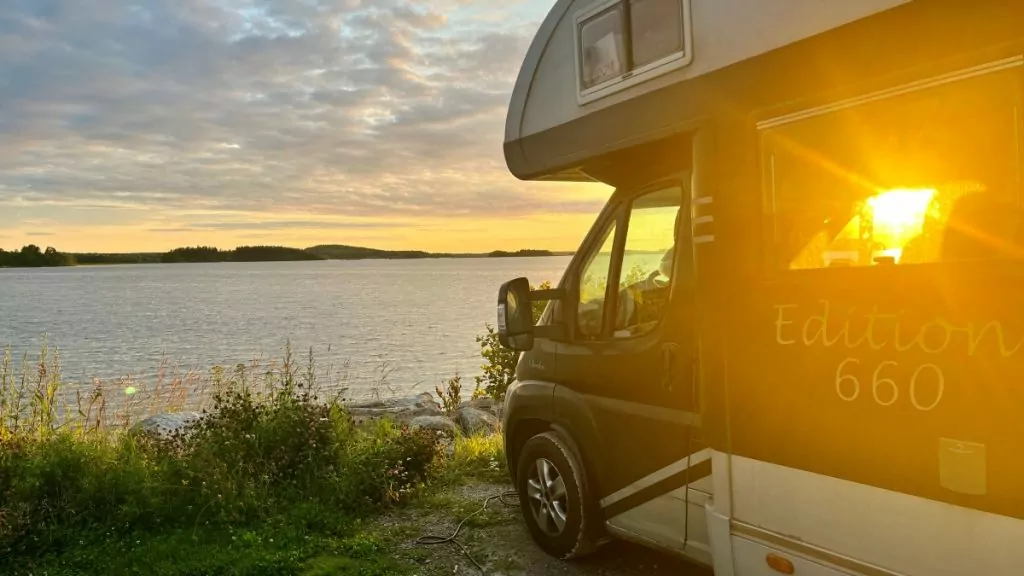
More to see and do in the neighbourhood
From Oravais, it is not far to the larger town of the city of Vaasa, which offers art experiences and interesting museums. It is also close to Finland's longest bridge, the Replot Bridge, and the Kvarken Archipelago, a UNESCO World Heritage Site.
If you head north instead, you can visit Nykarleby, where you will find the Kuddnäs Museum, which tells the story of the famous Finnish-Swedish author Zacharias Topelius. If you continue a little further, you will come to the beautiful town of Nykarleby. Jakobstad. Below you will find even more tips for things to see and do in Finland.
Things to do in Ostrobothnia, Finland - 12 tips
What to do in Ostrobothnia, Finland? This is an interesting area for travelling,...
Weekend in Turku - spa, culture and good food
A few weeks ago we spent a weekend in Turku, filled with spa, culture and good food...
Eating well in Finland - 4 restaurants around Turku
Can you eat well in Finland? What do you think of when you hear "Finnish food"? I...
Finncanopus to Finland - premiere of new vessel
Guest writer: Jonathan Gharbi de Maré It was time for a premiere in a double sense. Both for...
Things to do in Kristinestad - 15 tips for a Finnish wooden house idyll
What to do in Kristinestad, Finland? This small Ostrobothnian wooden house idyll offers charming alleyways,...
Day cruise to Åland with Eckerölinjen
Yesterday we went on a day cruise to Åland with Eckerölinjen. Peter's father turned 80 years old...
Things to do in Rauma - 15 tips for a Finnish UNESCO city
What to do in Rauma, Finland? Founded in 1442, this small town surprises with its...
Suomenlinna in Helsinki - sea fortress with Swedish history
Visiting Kastelholm Castle - Åland's only medieval castle
Visiting Kastelholm Castle is very interesting and exciting. This is Åland's only medieval castle, founded...
Things to do in Raahe, Finland - 10 tips
What to do in Raahe, Finland? This is a small and very charming town...
Things to do in Föglö, Åland - our top 10 tips
What to do in Föglö in Åland? This little gem, in the Åland archipelago, has...
Finnlines' new vessel to Åland and Naantali - the state-of-the-art Finnsirius
Finnline's new ship to Åland and Naantali is called Finnsirius and is a state-of-the-art cruise ship with...
Some reflections from Finland
Although we travel a lot, we may not travel enough in our neighbouring countries. We...
What to do in Kokkola, Finland - 17 tips
What to do in Kokkola, Finland? Situated on the coast, this cosy city offers...
What to do in Åland - 30 sights and experiences
What to do in Åland? This self-governing and Swedish-speaking little island kingdom is not only beautiful,...
What to do in Närpes - 12 tips for the tomato town in Finland
What to do in Närpes, Finland? This interesting Ostrobothnian town offers everything from...
Visiting Turku Castle - Swedish and Finnish history
Visiting Turku Castle in Finland is very interesting. The castle, which is over 700 years...
Beer tasting at the 'School' in Turku
When we were in Turku, we visited Koulu, or "Skolan" as it is called in Swedish. It...
Matka travel fair in Helsinki 2018
The Matka travel fair in Helsinki is not only Finland's largest travel fair, but the largest travel fair in the entire...
BestPark car parks in Finland - we have tested them
Have you discovered BestPark sites in Finland? We have been travelling by motorhome in Finland for almost...
What to do in Jakobstad, Finland - 20 tips
What to do in Pietarsaari, Finland? This lovely little Ostrobothnian town has everything...
Turku market hall - delicacies and pastries
Do you like food and are thinking of travelling to Turku? If so, you should definitely plan a...
Cool mini caravans and motorhomes at Caravan in Helsinki
Last Friday, we took a look at mini caravans and motorhomes at Caravan Helsinki, the motorhome and caravan exhibition that...
What to do in Turku - 30 sights and experiences
What to do in Turku? This Finnish city, once the capital of Finland, is...
Haltia Nature Centre in Espoo, Finland
Outside Espoo, not far from Helsinki, you will find the Haltia Nature Centre. To come here is to...
Winter cruise to Finland - Christmas atmosphere on board the Finnsirius
We have made a winter cruise to Finland, with Finnline's new fine cruise ship Finnsirius. In December is...
Choosing a ferry or flight to Helsinki?
Should you choose ferry or flight to Helsinki? As you may know, we are travelling to Helsinki...
Things to do in Naantali - 15 tips for a Finnish archipelago gem
What to do in Naantali? This small Finnish town is a real archipelago gem that you...
Matka 2019 - the major travel fair in Helsinki
It's time to tell you about Matka 2019! Matka is the largest travel fair in the Nordic region and...
Things to do in Vaasa in Finland - 20 sights and experiences
What to do in Vaasa, Finland? This Finnish city is the centre of Ostrobothnia, and...
Things to do in Eckerö, Åland - 10 tips
What to do in Eckerö, Åland? This western part of Åland is the closest to Sweden,...
Winter weekend in Turku - Christmas atmosphere and markets
We have had a wonderful winter weekend in Turku, filled with Christmas spirit and Christmas markets, combined with museum visits....
Turku archipelago: ferries, art and barefoot paths
Yesterday we visited the Art Bank art museum, which turned out to have some real surprises. The day before yesterday...
Caravan - Motorhome exhibition in Helsinki
This weekend we visited Caravan, a motorhome exhibition in Helsinki. The fair was organised in connection with the big...
Things to do in Mariehamn, Åland - 12 tips
What to do in Mariehamn, Åland? This cosy little town offers everything from...
Matka - Northern Europe's largest travel fair
We visited Matka - Northern Europe's largest travel fair. On 21-24 January, the doors opened at the Helsinki Exhibition...
Visiting Bomarsund Fortress - interesting history in Åland
Visiting the Bomarsund Fortress is really interesting. Here, Russia once built a mighty...
Things to do in Haparanda and Tornio - 16 tips
What to do in Haparanda and Tornio? Two cities in two different countries, but almost...
What to do in Helsinki - 30 sights and experiences
What to do in Helsinki? This Nordic capital offers a lot of design and...
Visiting Kalajoki Camping - lovely sand dunes in Finland
Visiting Kalajoki Camping in Finland can be a wonderful experience. When, on the eve of our trip to Finland, we...
Visiting Moominworld in Naantali - tips and info
Visiting Moominworld in Naantali, Finland, is a wonderfully cosy and nostalgic experience, especially if you...
What to do in Oulu, Finland - 20 tips
What to do in Oulu, Finland? This city, located at the mouth of the Oulu River, is...
Turku archipelago in winter splendour - ice fishing and sauna bathing
At lunchtime yesterday we landed at Helsinki airport. It was not quite as cold as we...
Things to do in Kökar on Åland - our 12 best tips
What to do in Kökar in Åland? This is a fantastic little island to visit,...
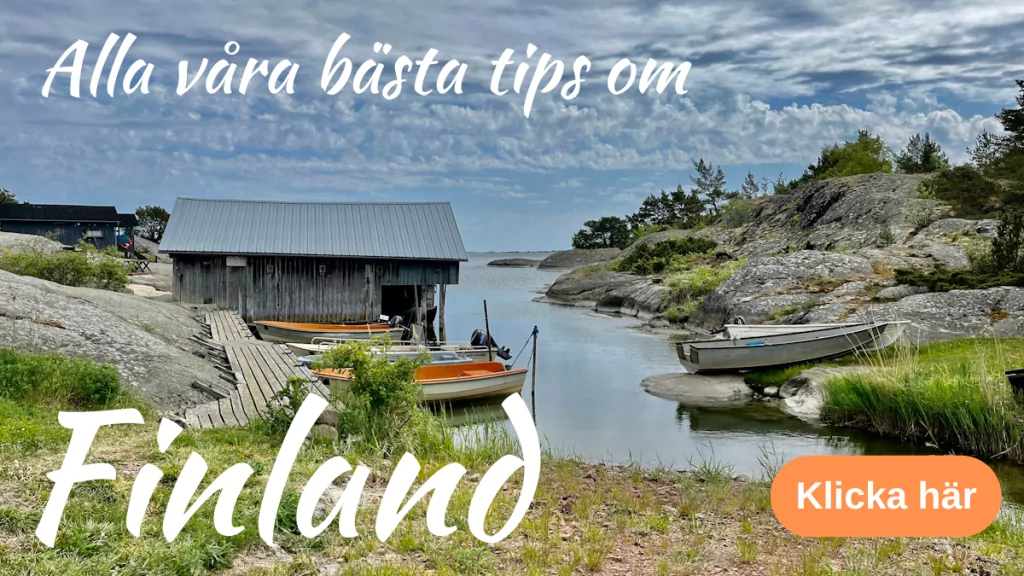
Have you visited Oravais in Ostrobothnia?
Have you visited Oravais in Ostrobothnia? Do you like these kinds of historical places? Do you have even more tips for things to do in Oravais or its surroundings?
Facts about Oravais
- Country: Finland
- Landscape: Ostrobothnia
- Municipality: Municipality of Vörå
- Location: At a bay in Oravaisfjärden in Ostrobothnia, Finland, less than five kilometres northeast of Vaasa.
- Population: More than 2000 inhabitants.
- The name: Oravais in Swedish and Oravainen in Finnish.
- Language: Swedish over 81 % and Finnish over 10 %.
- Currency: Euro
History of Oravais
- 1478: Oravais was mentioned for the first time in surviving documents, with the spelling 'Oraus'.
- 1703: The Kimo Ironworks was founded by the merchant Petter Heijke.
- 1791: A smithy was built at Kimo Mill.
- 1808: The Battle of Oravais was decisive in the 1808-1809 war between Sweden and Russia. The battle was fought on 14 September and the Russians won, marking a turning point in the war.
- 1809: After Sweden's defeat in the war, Finland became a Grand Duchy under Russia.
- 1860s: Kimo Mill's forge was closed down and water-powered mills were installed instead.
- 1979: The mill at Kimo Mill was closed.
- 1986: From this year onwards, theatre is performed every year at Kimo Mill.
- 2011: Oravais became part of the new municipality of Vörå.

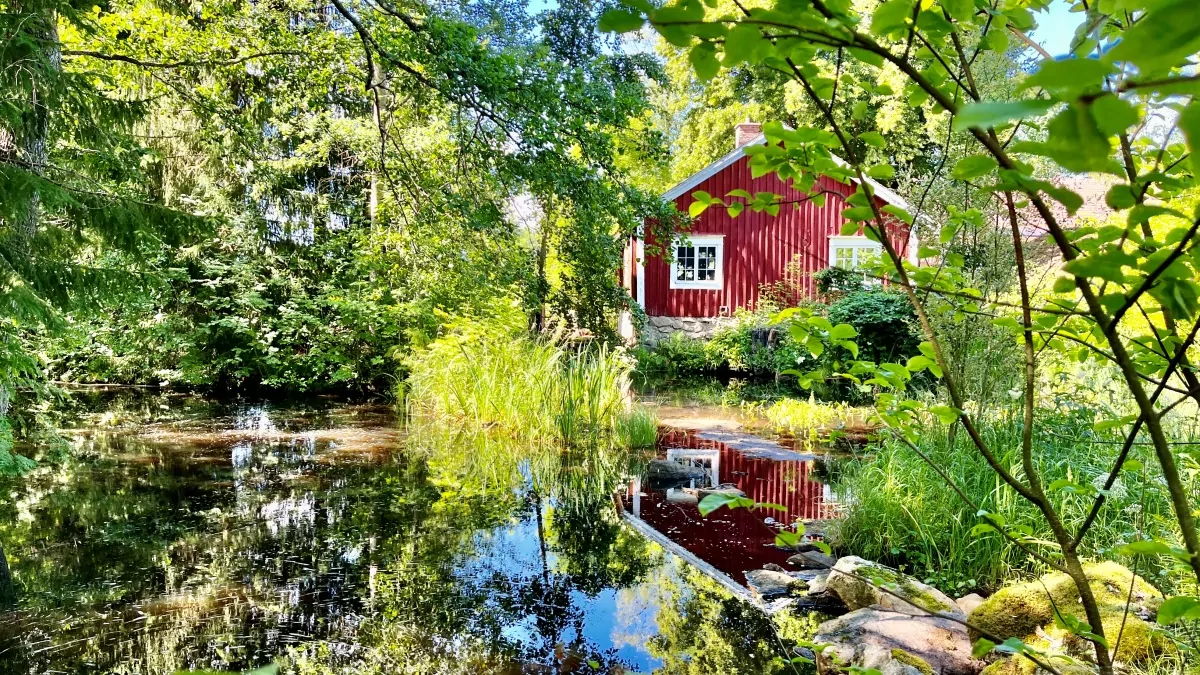










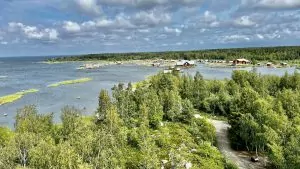
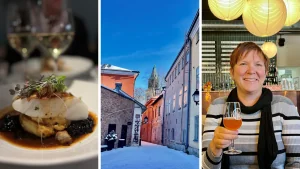
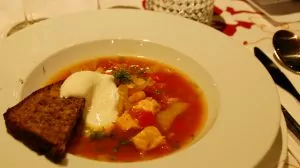
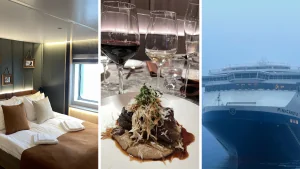
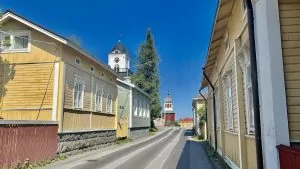
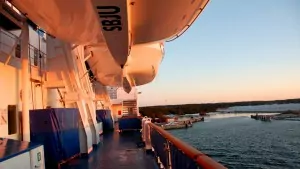
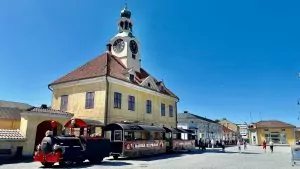
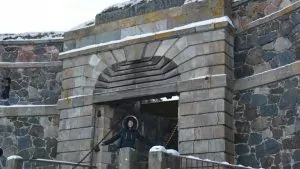
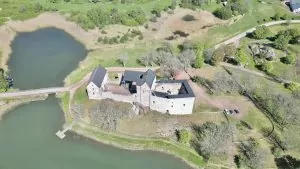
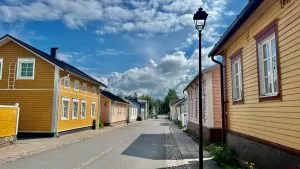
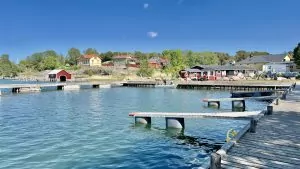
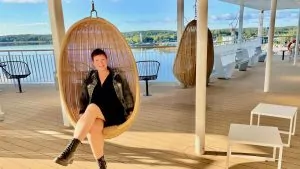
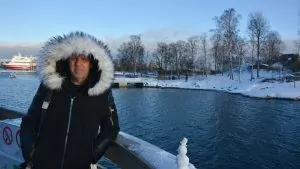
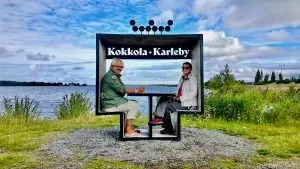
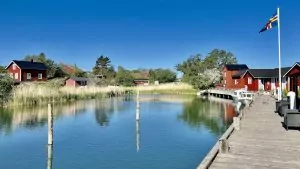
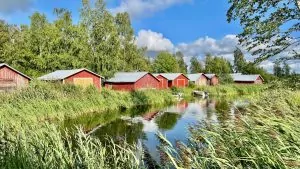
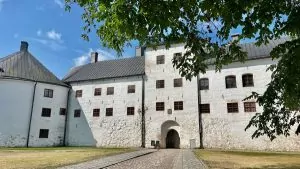
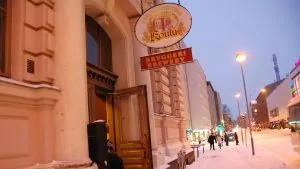

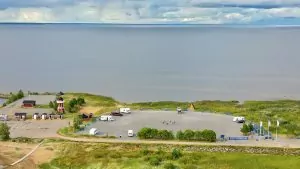
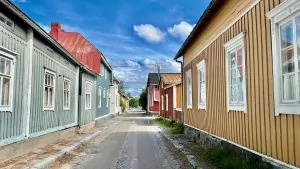
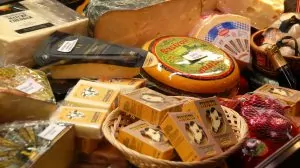
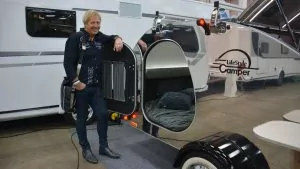
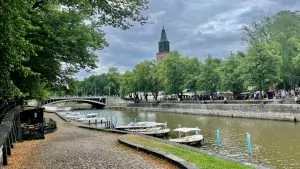
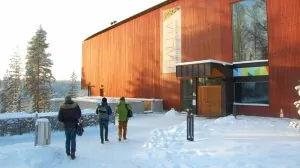
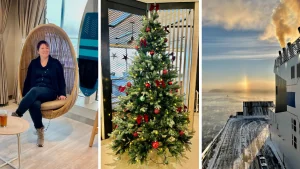
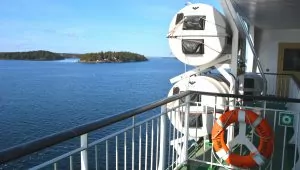
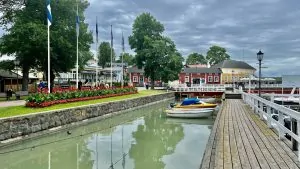
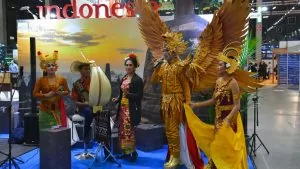
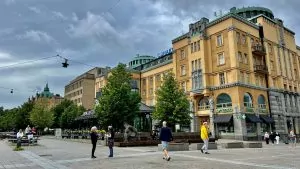
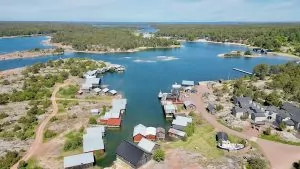
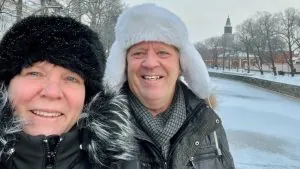
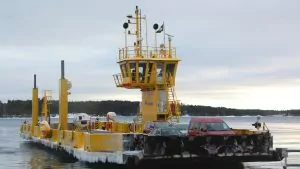

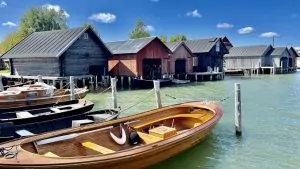
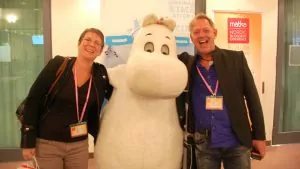
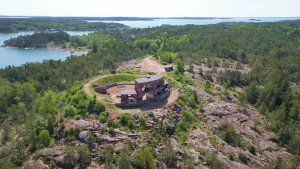
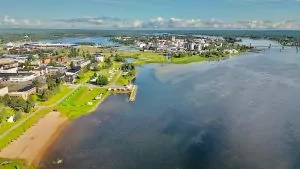
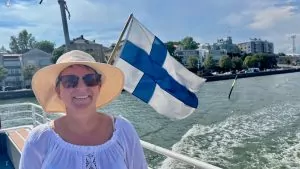
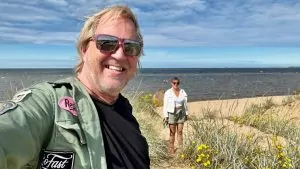
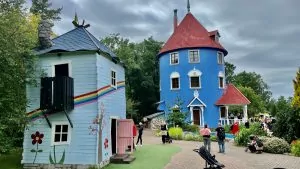
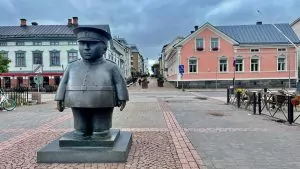
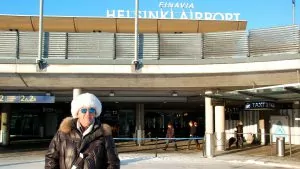
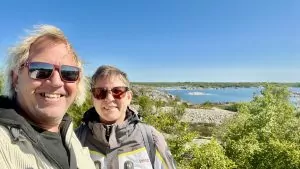
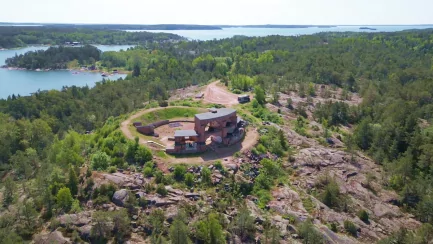
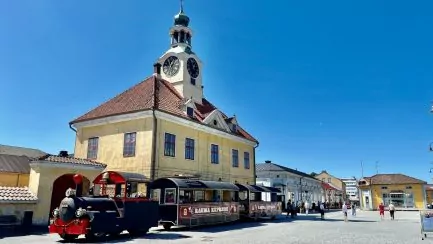
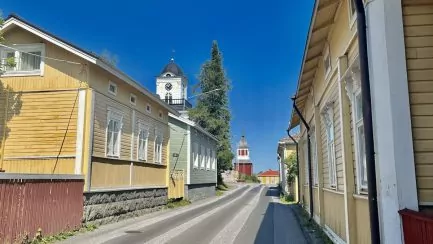
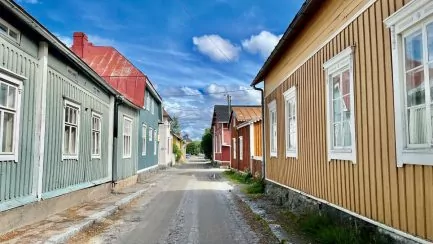
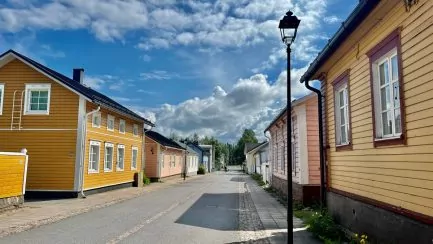
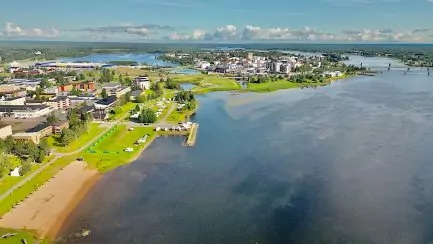



Marias memoarer says:
Wonderful report on Oravais, thanks for that and glad we could meet 🤩.
01 August 2023 - 15:23
Helena says:
Glad you liked it, and yes, really great to see you!!!
03 August 2023 - 6:18
Helen Nyman says:
I have tried to change this article into English and are having difficulty. My husband was born in Oravais and I would like him to read this. We are in our 70s and not able. If possible, can you send me a link with English.
02 August 2023 - 15:30
Helena says:
Thanks for telling us. Something was wrong with the translation, but it should work now. I have sent a link, and it is also possible now to use the translation button.
03 August 2023 - 6:20
Lena i Wales och lite överallt says:
Wow, how interesting.
I have a blogger friend from this area and I work as a guide for a company from Oravais called Oravais. It's interesting to see my travellers' home areas.
Imagine how much there is to experience in such a relatively small area.
Thanks for nice post and take care!
02 August 2023 - 17:45
Helena says:
How nice that you have connections to Oravais, and appreciate our report! It was a great visit!
03 August 2023 - 6:21
Helge Svens says:
Very well written about Oravais where I have my roots and even though I lived more than 50 years in Sweden, I am an Oravais resident. We met in the church where I was a summer host together with my sister when you visited it. 30-40 years ago, the Oravais factory would also have been featured in your report, but today there is not much left of the society in the community as it was then. On the Facebook page Oravais fabrik I have collected some pictures from the past and present about the factory.
02 August 2023 - 20:38
Helena says:
Hi Helge! It was a nice meeting in the church! So glad you found our report, and that you like it! Interesting to hear about the Oravais factory too, I took a look at the Facebook page!
03 August 2023 - 6:23
Lena - gott för själen says:
Impressive that such a small village can hold so many interesting things!
Hug Lena
06 August 2023 - 8:13